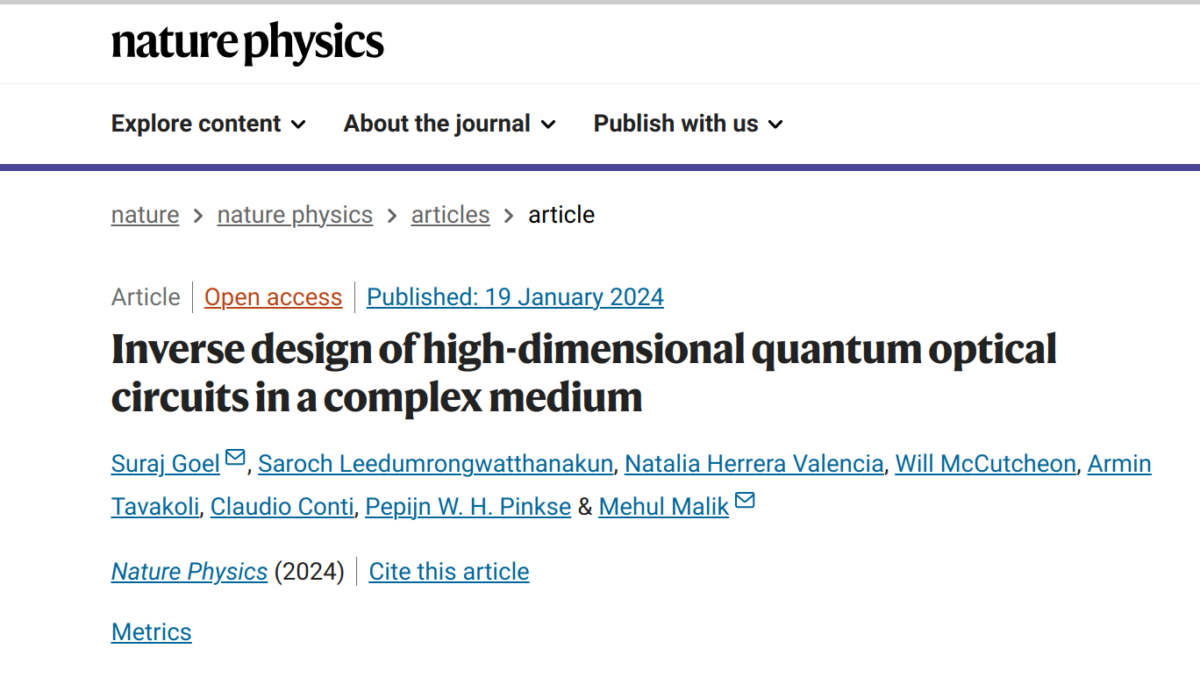We study the problem of localization in Quantum Field Theory (QFT) from the point of view of inertial and accelerated experimenters. We consider the Newton-Wigner, the Algebraic Quantum Field Theory (AQFT), and the modal localization schemes, which are, respectively, based on the orthogonality condition for states localized in disjoint regions of space, on the algebraic approach to QFT and on the representation of single particles as positive frequency solution of the field equation. We show that only the AQFT scheme obeys causality and physical invariance under differentomorphisms. Then, we consider the nonrelativistic limit of quantum fields in the Rindler frame. We demonstrate the convergence between the AQFT and the modal scheme, and we show the emergence of the Born notion of localization of states and observables. Also, we study the scenario in which an experimenter prepares states over a background vacuum by means of nonrelativistic local operators, and another experimenter carries out nonrelativistic local measurements in a different region. We find that the independence between preparation of states and measurements is not guaranteed when both experimenters are accelerated and the background state is different from Rindler vacuum, or when one of the two experimenters is inertial.
https://arxiv.org/abs/2401.03975






